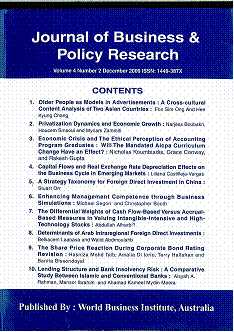July
2018

July 2018 (Journal of Business and Policy Research)
Total Articles - 8
